Flooding is the deadliest type of severe weather, and using flood barriers may be a bright idea because they act as flood control devices to protect your property, reducing your clean-up, damage, and insurance claims.
Today, we will discuss one such barrier known as the removable floodwall system. Keep reading to know more about Removable Flood Wall System Works.
Working of a Removable Flood Wall System
Quick Navigation
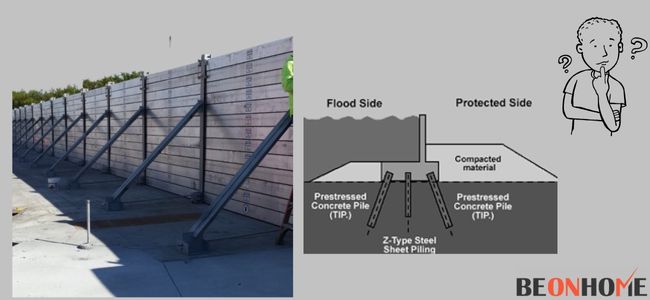
A removable floodwall system consists of critical components that help it function effectively and achieve its purpose.
To make the barrier watertight, it is ensured that the barrier is embedded with the base plates along with a reinforced concrete foundation, parting support posts, extruded aluminum planks, and rubber seals.
Below you can go through a detailed explanation of all these-
1. Foundations
The floodwalls are installed in such a way that they are invisible. They can be both temporary and permanent. Now, a question may come to your mind: how does the company achieve this?
They get this by embedding unobstructive steel plates into a concrete foundation. This is the only visible part of the barrier which is installed permanently.
Since the barriers are removable and not visible, people continue to live as usual when there is no flood-like situation, or the river is below the flood stage. But if there are chances of flooding or the water level is high, erecting the rest of the wall is time.
2. Base Plates
In this process, zinc-coated steel plates are used. These plates are joined with a concrete foundation laced with the reinforcing bar. Head bolts are used to harbor the perpendicular posts to the leaves and foundation.
3. Headless Bolts
After the process of base plates, where the embedding of plates into concrete is done. Headless Bolts are used to eliminate any traffic and obstruction to the holes.
4. Parting Support Posts
In this step, alignment is made through vertical parting support, and there is a loose installation of anchor bolts into anchors in the foundation. In a concrete foundation, anchors are present there.
The bolts pass through the roots or embeds and are tied into those harbors. During a flood, a team of three people can install 1200 square feet of this device in just two hours.
5. Base Planks
These are installed on the concrete to eliminate all the loop areas and create a watertight seal.
6. Extruded Aluminum Planks
The weight of these aluminum planks, on average, is five pounds per foot. These planks have a unique tongue and groove design that acts side-thrust resistant. They are also sealed with a hard rubber gasket, which helps in the thrust resistance.
The stability and integrity of these planks are further created as soon as the height of floodwater increases. The placement of these vacant planks with interlocked mating surfaces is on the top of the base plank.
7. Intermediate Support Posts
The intermediate Support post is an essential material for construction barriers. The removable floodwall barrier requires at least one intermediate support post per 20′ span.
To understand thoroughly, as much height the flood wall will acquire, more and more intermediate Support posts are required. According to the data 20′, four intermediate support posts are mandatory to hold the flood loads.
8. Diagonal Struts
Diagonal Struts provide additional support to intermediate Support posts. Their height is around 6 feet, are pin-mounted diagonal braces positioned on both the supports, parting support, and medium Support.
To plum the wall and adjust the parting supports, a pin-connected floating foot is threaded to accept the tension rod.
9. Compression Channels
As the name suggests, these vertical channels force the planks against the upright post gaskets and help sell the system vertically. These channels are attached tight against the wet wall.
Applications For Our Flood Barrier Systems
There are various flood barriers since they are custom-made, so their applications differ. In this section, we are discussing an example of the successful application of flood barrier systems.
MD Anderson CC- this is a class cancer center in Texas Medical center in Houston. The tropical storm of 2001 affected the Houston area very severely, along with the Texas Medical Center. After this, the center decided to take preventive measures to protect the center from this kind of mishap.
They started by building the interior and exterior flood walls and shifting the mechanical and technical life support system to an old floodplain system. Hence, there is no disturbance in operation during a flood event.
Another portion was constructed with the help of a granite-clad concrete wall around the entire facility. This was done by installing 25 floodgates at entrances and drives. Make sure a high-quality flood barrier is used.
They also installed valves and lift stations which help isolate the sanitary and storm systems in flood events.
Although there was a failure of mitigation measures at many Texas Medical Centers, the team thought of a permanent solution.
They used FloodBreak Automatic Floodgates, an advanced flood control system that does not need any muscular force or human interference.
Along with this facility, they are hidden under the floor, which eliminates the disturbance for the pedestrians and vehicles on the path to the hospital entry gate when there is no such occurrence of flood.
FAQ
What is a flood wall called?
A Surge wall can be called a flood wall. It consists of the flood wall. Levees and other constructions.
What materials are used for flood barriers?
Materials that can be used for flood barriers are:
1. Sandbags
2. Metal Floor Barriers
3. Dams or Inflatable Bladder Dams.
4. Traditional Cofferdams
How high is a flood wall?
20 feet
What is a flood control system?
A flood control system is a system that helps in preventing flood water from entering the respective area. These devices protect your property, reducing your clean-up, damage, and insurance claims.
What is the best flood prevention?
Various flood prevention methods can be considered as best depending on the location and geographical area-
1. Water-Inflated Property Protector
2. Watergate
3. Floodblock
4. Quick Dam:
5. Aquobex
Final Talk
Natural calamities are very dangerous, and humans have no control over them. Still, our engineers try their best to prevent the losses caused by these natural calamities. Flood barriers are a great gift from our engineers. In this article, you obtained information about the functioning of flood barriers. I hope this article solves all your queries. Till then, keep reading!


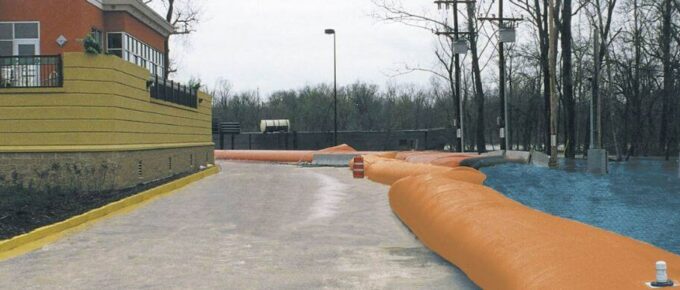

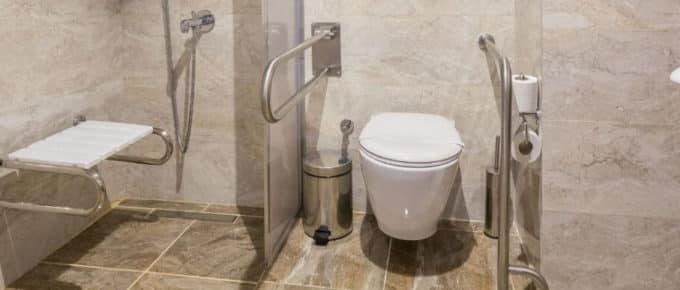
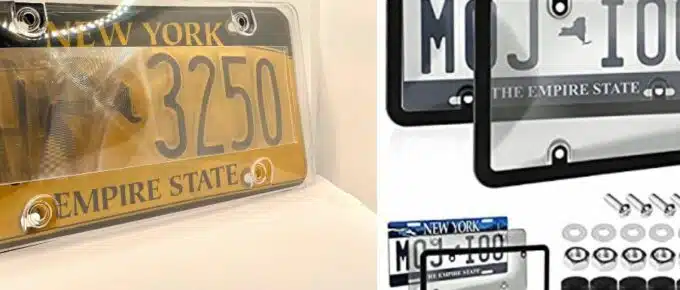
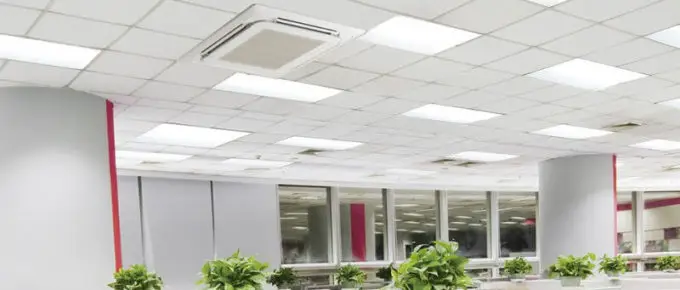
Leave a Reply